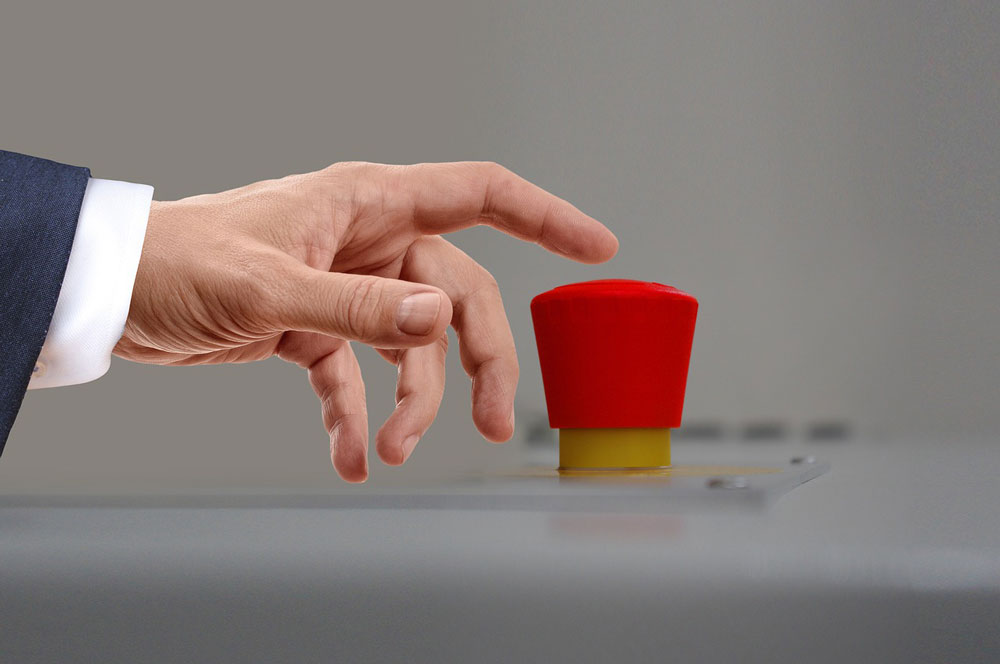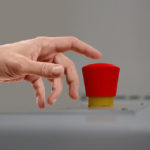Let’s Get Trigger Happy!


We all know it’s important to engage our audience when presenting. And we all know how distracted and hard to impress audiences can be… so here at Presented we have a few suggestions you should start using.
In a nutshell, let’s get Trigger Happy
Using triggered animations not only looks cool but also boosts audience engagement. It’s simply animation that happens when you click something else. The best way to explain this is through demonstration:
Click to view
Triggers can reduce cognitive overload
We want to declutter slides but worry sets in that we’ll forget what we need to say without everything written down. We worry that the audience might miss something if it isn’t written down. Perhaps more significantly, we know the audience will ask for a copy of the slides and we don’t want them to miss that information then either! (See: A clever way to avoid text heavy slides)
Why are we bothered about avoiding cognitive overload?
Science tells us that the brain cannot read and listen simultaneously. Indeed, this is basically why Death by PowerPoint exists! Yet millions of presenters carry on presenting a volume of text that you’d have rather read at your leisure somewhere else, anywhere else… Why didn’t they just send it by email?!
To keep slides light (less text, less content), and therefore easier to follow, we can use triggers to show content only when desired. Whilst the same is true with basic animation – the difference is that triggers gives the presenter freedom to proceed in any order.
Think about any product specs for example: you need to display the detail, but you don’t want to bore the audience if that product isn’t for them. A triggered event can hide product detail until you choose to reveal it. And if the customer isn’t interested – you simply keep it hidden. Specs, videos, historical data, additional photographs, etc. can all work like this. You can keep a whole library of information, and show it in an organised, and structured way. You get kudos points for this kind of thing.
Triggers give freedom via non-linear structures
The next advantage of triggers is the freedom they can give you. Present your content in a more organised and easy-to-navigate way by setting up hidden menus. These hidden menus reveal themselves when clicked – you save screen real estate, keep the page uncluttered, and have access to a deeper library of potential content.
Click to view
The hidden menu technique applies brilliantly to a creds deck where you might want to share some case studies – but not all of them. Indeed, perhaps you aren’t sure which case study will be relevant to each potential customer. Simply click the ones you want. Or the ones your customer wants. Plus it looks cool, which gives you value. And they’ll glimpse that there are “more” case studies which is also a bonus point.
Remember it’s all PowerPoint – so you can edit and update content easily in-house. Consider too that you wouldn’t need multiple versions of the same presentation for different client meetings – you can just use one deck with everything and choose what to share each time.
Whether the menu is hidden or not – this structure gives the presenter freedom to go through the content in any order. You can respond to the audience’s interests, questions, or give them a truly customised experience.
What about boosting interactivity and increasing engagement?
Click to view
In this video sample we show a multiple-choice quiz question, with answers being revealed on clicks. As well as quizzes, triggers can be very effective for eLearning. Imagine your in-house H&S training, or any other educational business goals. And it can be fun. You know with a trigger that there will be “action” on the slide, and this certainly encourages the audience to pay attention. A crucial ingredient to any successful PowerPoint experience!
Click to view
Another interactive example is shown with this map. Again the presenter or viewer can play with different data scenarios. Indeed any type of “play” environment using hyperlinks allows a closer rapport with your audience. You can take them on a different journey each time. Each time you present it would be fresher, and it would be unique to that audience. Indeed, exploring and adapting as you go will increase presentation engagement levels.
Are Triggers easy to set up?
We’re experts here at Presented, so of course we’d say yes. Anything is easy when you know now – so take the time to explore these PowerPoint features. Naturally, if you can’t be bothered, don’t have time or the brain for it: then drop a line to some experts!
If you liked this, you might like these
The Secrets of PowerPoint – and How They Can Help You
Big Picture or Deep Detail? Do Both with PowerPoint Zoom
How to Use Morph Transition in PowerPoint
Who Needs a Presentation Designer? You and Here’s Why











